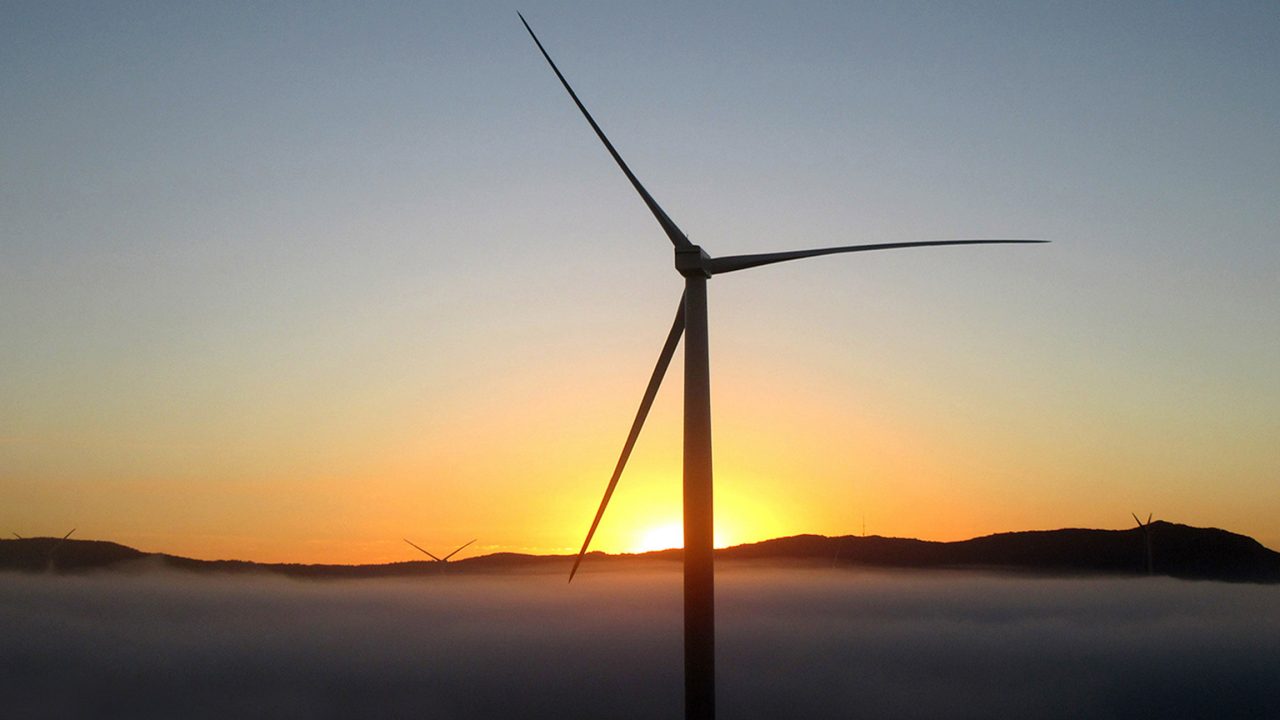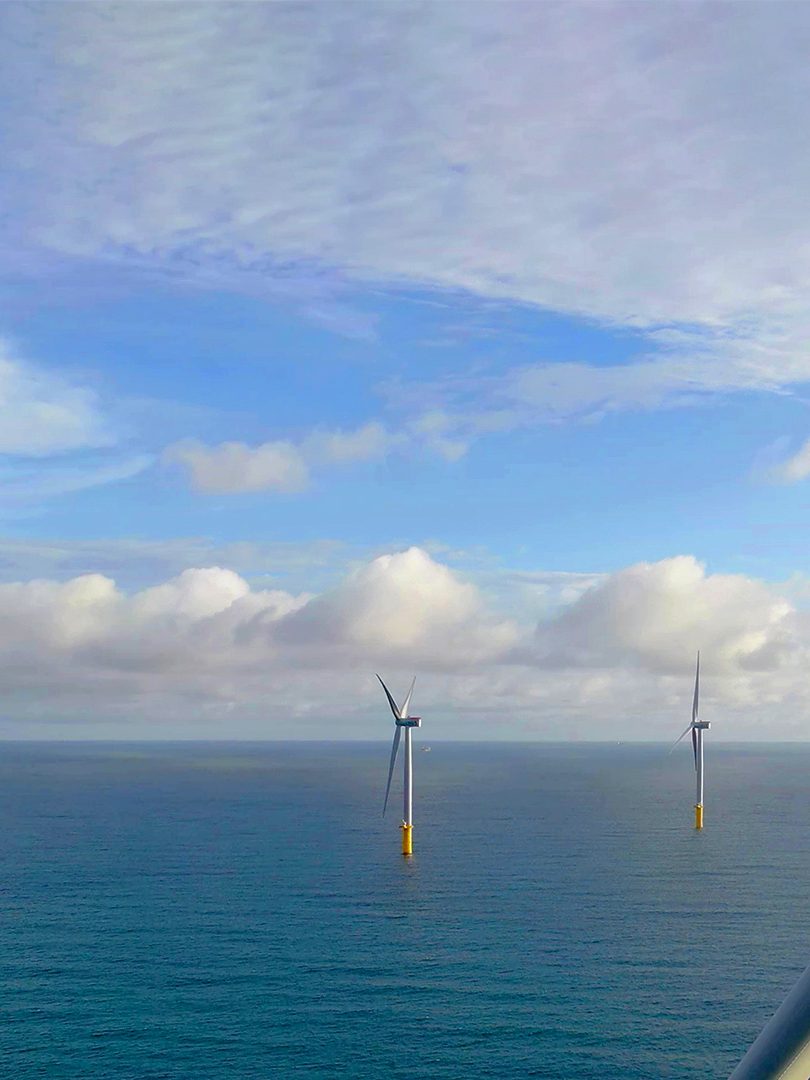

Onshore wind
01 December 2017
The 650 MW project in Sweden is set to be Europe’s largest single-site onshore wind installation.
The project is backed by the largest known corporate wind energy Power Purchase Agreement (PPA) in the world.
The use of GE Renewables’ 3.6 MW turbines, with their hub height of 131 metres and 137 metre rotors, ensures a high level of availability with reduced downtime.
GIG partnered with GE Energy Financial Services to reach financial close on the €800m, 650 MW project in Markbygden, Northern Sweden.
The evolution of the onshore wind market is playing out in front of us, one transaction at a time. Each new project is closely scrutinised to see what contribution it makes towards cost reduction and full, standalone, commercial viability.
Our latest investment joins this club of pioneering transactions. GIG partnered with GE Energy Financial Services to reach financial close on the €800m, 650 MW project in Markbygden, Northern Sweden. Developed by Svevind, it is set to be Europe’s largest single-site onshore wind installation, backed by the largest known corporate wind energy Power Purchase Agreement (PPA) in the world.
The project has been made possible by two key factors: site optimisation that drives down the cost of producing power, and a market leading PPA that has helped de-risk the project and provides access to long-term financing at a lower cost.
On site optimisation, the use of GE Renewables’ 3.6 MW turbines, with their hub height of 131 metres and 137 metre rotors, ensures a high level of availability with reduced downtime.
But it is the corporate PPA that is the key differentiator in this project. Norsk Hydro, already one of the largest consumers of renewable PPAs globally, will purchase a fixed volume of power from the project over a 19-year term. In doing so, they are able to fix the price of a significant portion of the electricity demand for their Nordic Aluminium manufacturing facilities, which produce around 100,000 tonnes of aluminium each year. As one of the few PPAs signed with a company in the natural resources sector the deal very much breaks the mould in a market which to date has been dominated by consumer-facing technology companies.
As subsidies make a diminishing contribution to the revenues of renewable projects, and in some cases are removed completely, corporate PPAs are becoming an increasingly critical instrument to support renewables finance. With most of the costs committed as capital up front, lenders need to be certain that they will see their loans serviced. A contract to supply power to a creditworthy off-taker can, and in this case did, provide that confidence. Securing the optimum financing package, then, in turn, enhances the overall value of the project.
Key to the success of a corporate PPA is providing a product to the customer which meets their needs on price and service.
On the first count of price, Markbygden is set to perform well. It benefits from economies of scale of a 650 MW site, high availability of wind and a class-leading turbine optimised for the site conditions. As a result, the project will generate electricity at a competitive price for the Nordic market.
But power purchasers expect more than keen pricing; they rightly demand a reliable supply to maintain the continuity of their manufacturing operations. So we have worked hard with NEAS Energy AS (a wholly-owned subsidiary of Centrica), to develop a PPA with the balancing and hedging services that deliver the fixed volume and secure supply of power that customers require.
We have also been fortunate in securing a buyer whose appetite for energy measures up to our ability to deliver it. The scale that has helped drive down costs can itself become a handicap when trying to sell large volumes of power. The alternative is a multi-party contract that inevitably brings greater cost and complexity.
The PPA market is growing. In 2016, companies based in Europe signed PPAs for 1.2 GW of renewable power, up from 200 MW in 2013. Globally renewable corporate PPAs have grown from 1.1 GW to 3.8 GW over the same period. But despite this rate of growth, the reality is that today’s PPA market is still small. The Markbygden deal alone doubles the volume of power contracted under new corporate PPAs in Europe this year.
As subsidies are withdrawn we expect to see the PPA market evolve quickly as a growing number of projects seek a market for their power. Customers will be attracted by the prospect of affordable renewable electricity, but will not compromise on their need for an ‘all-in’ package that is competitive, reliable and convenient. This project proves it is possible to meet the demanding requirements of a sophisticated consumer with a fixed volume power product.
The challenge is now to bring greater liquidity to this market. If sufficient power purchasers, with sufficient demand, can offer the security of a predictable revenue stream then the prospects for building further renewable generation are strong. The Markbygden project provides a positive demonstration of what can be achieved and, in doing so, offers another milestone in the evolution of the onshore wind market.